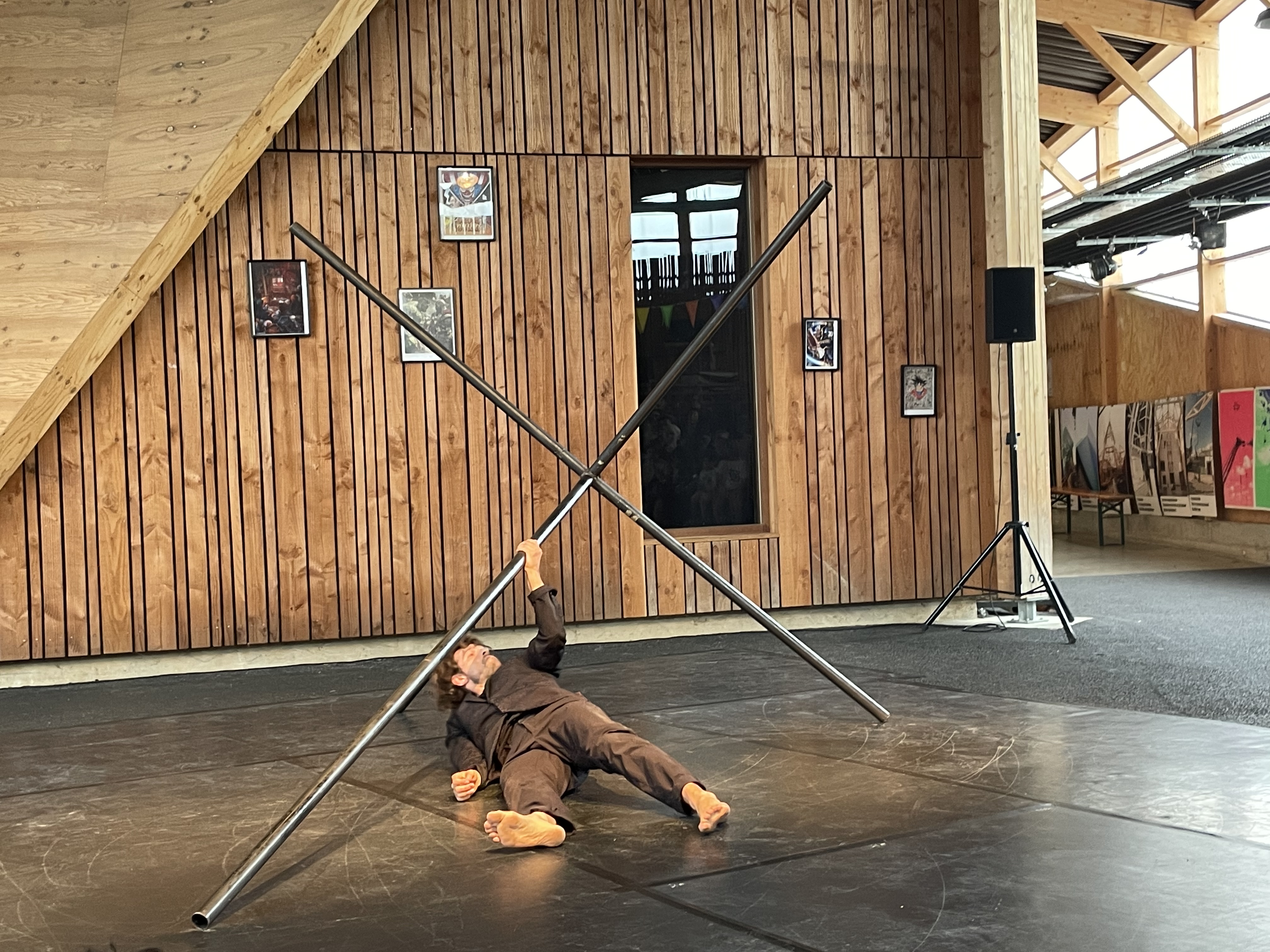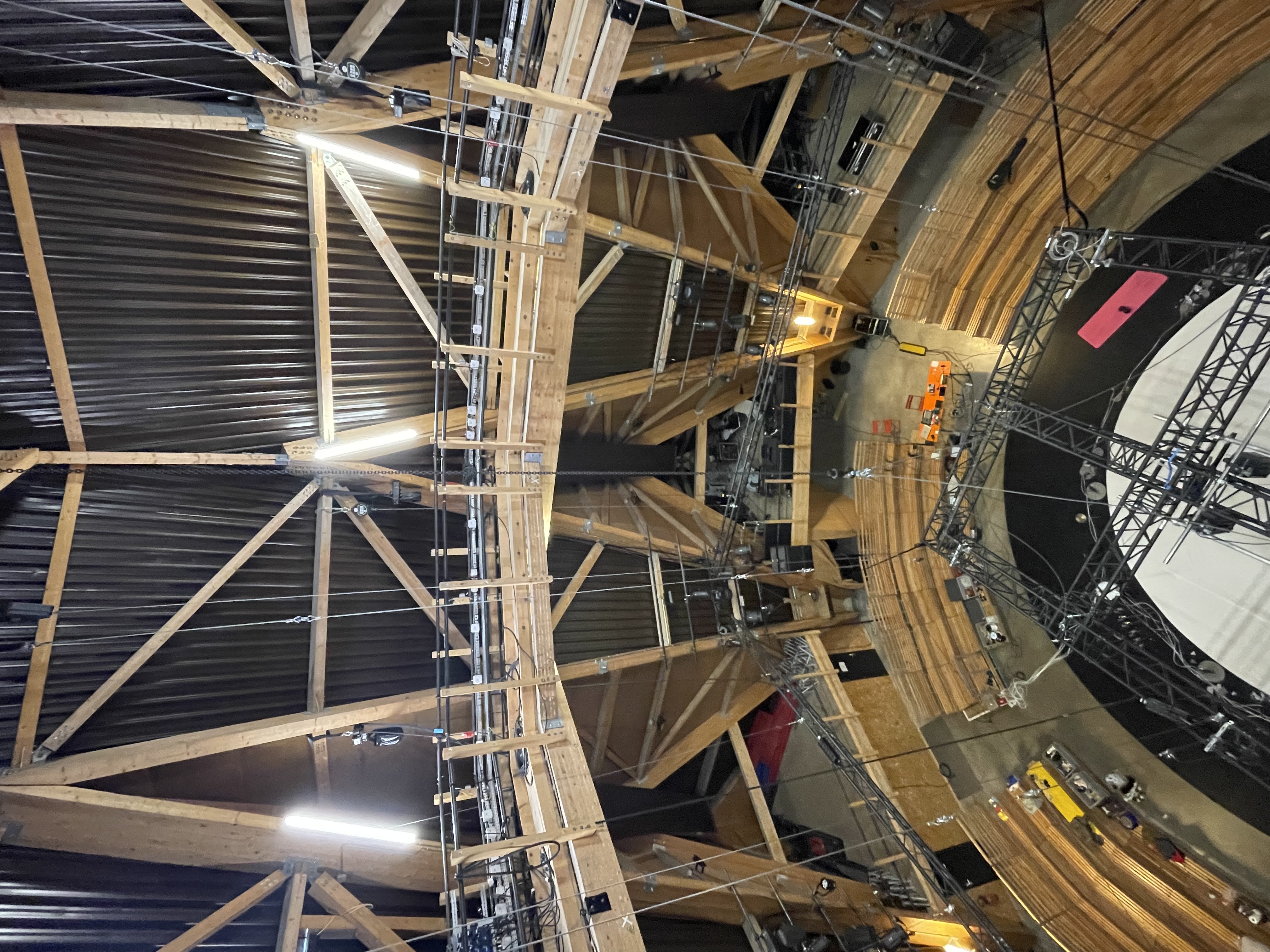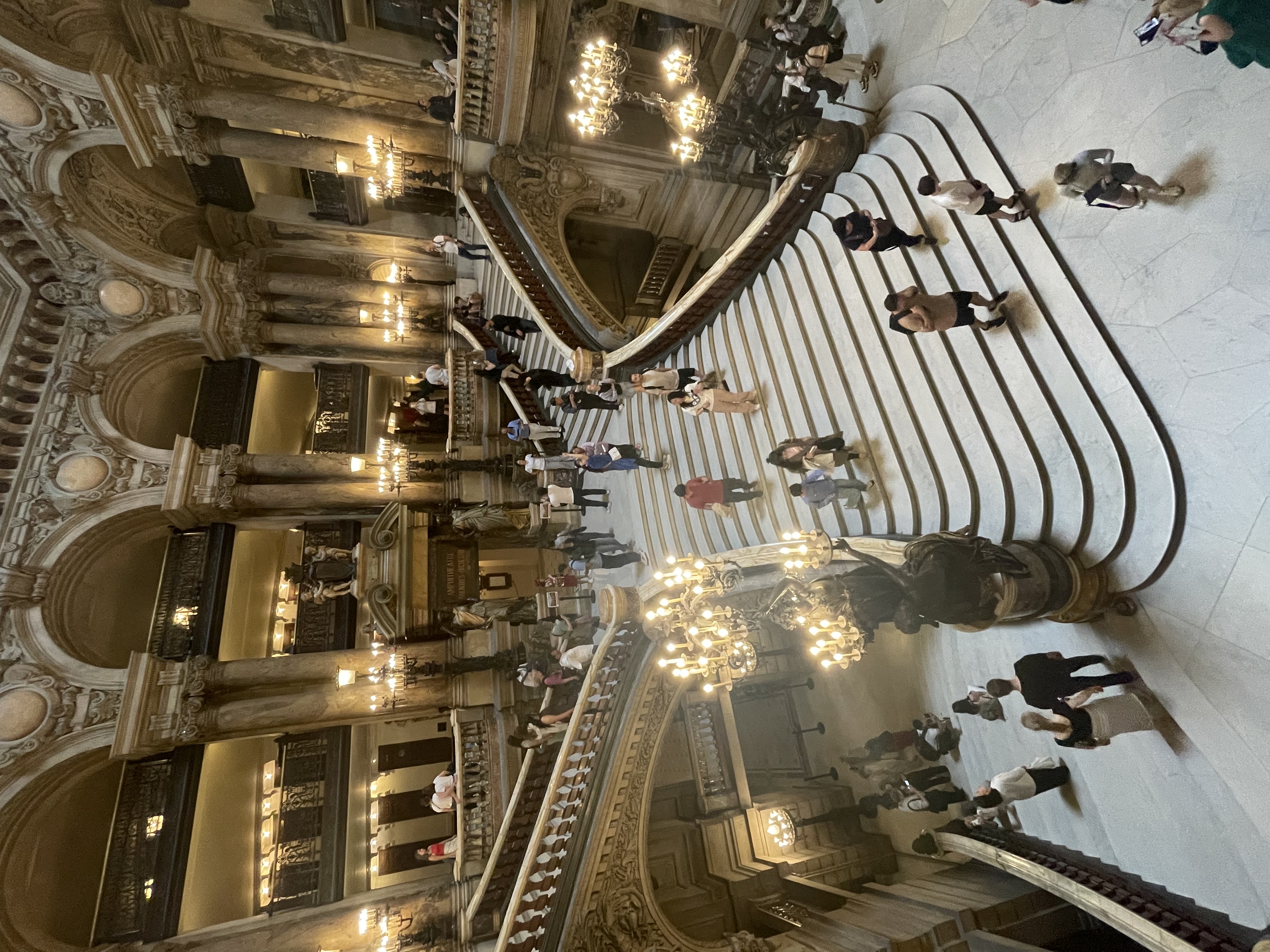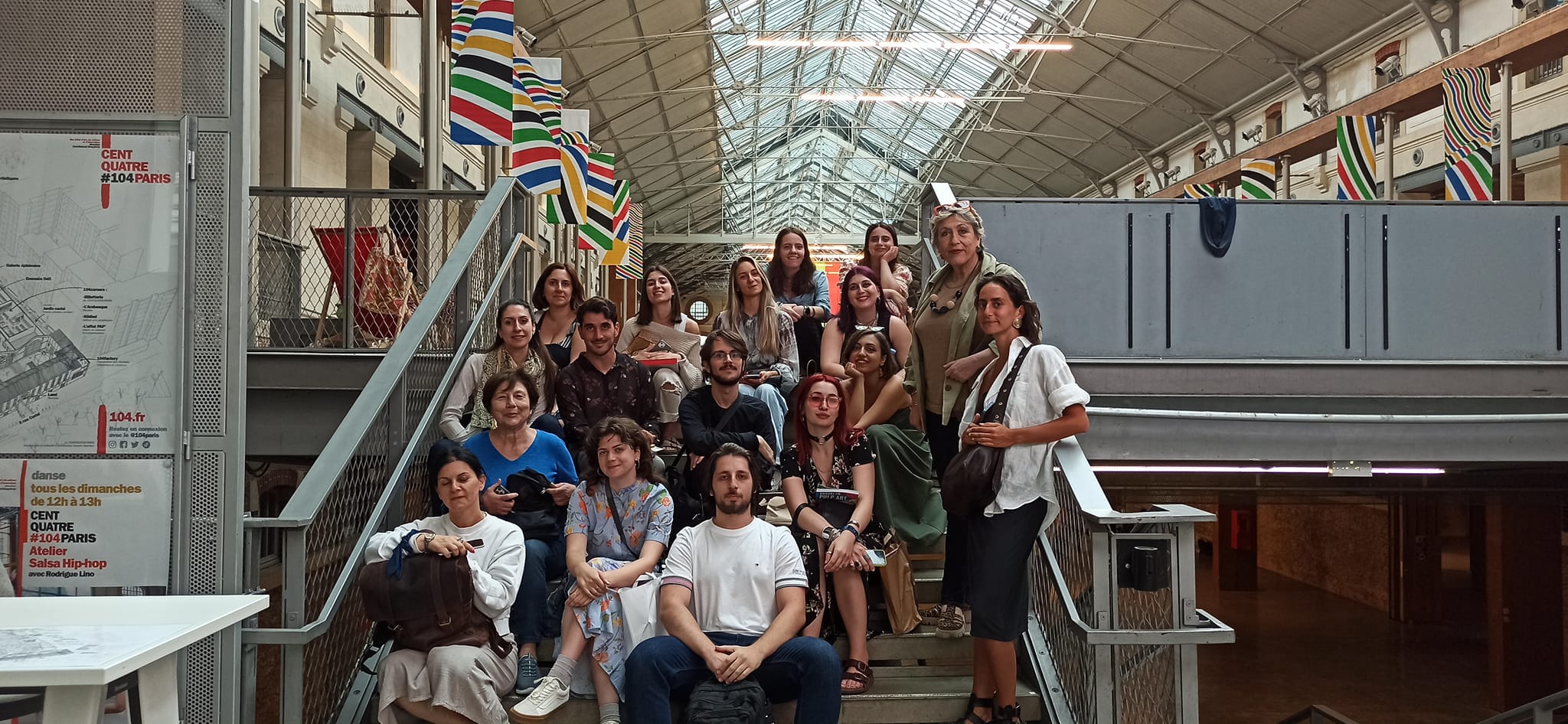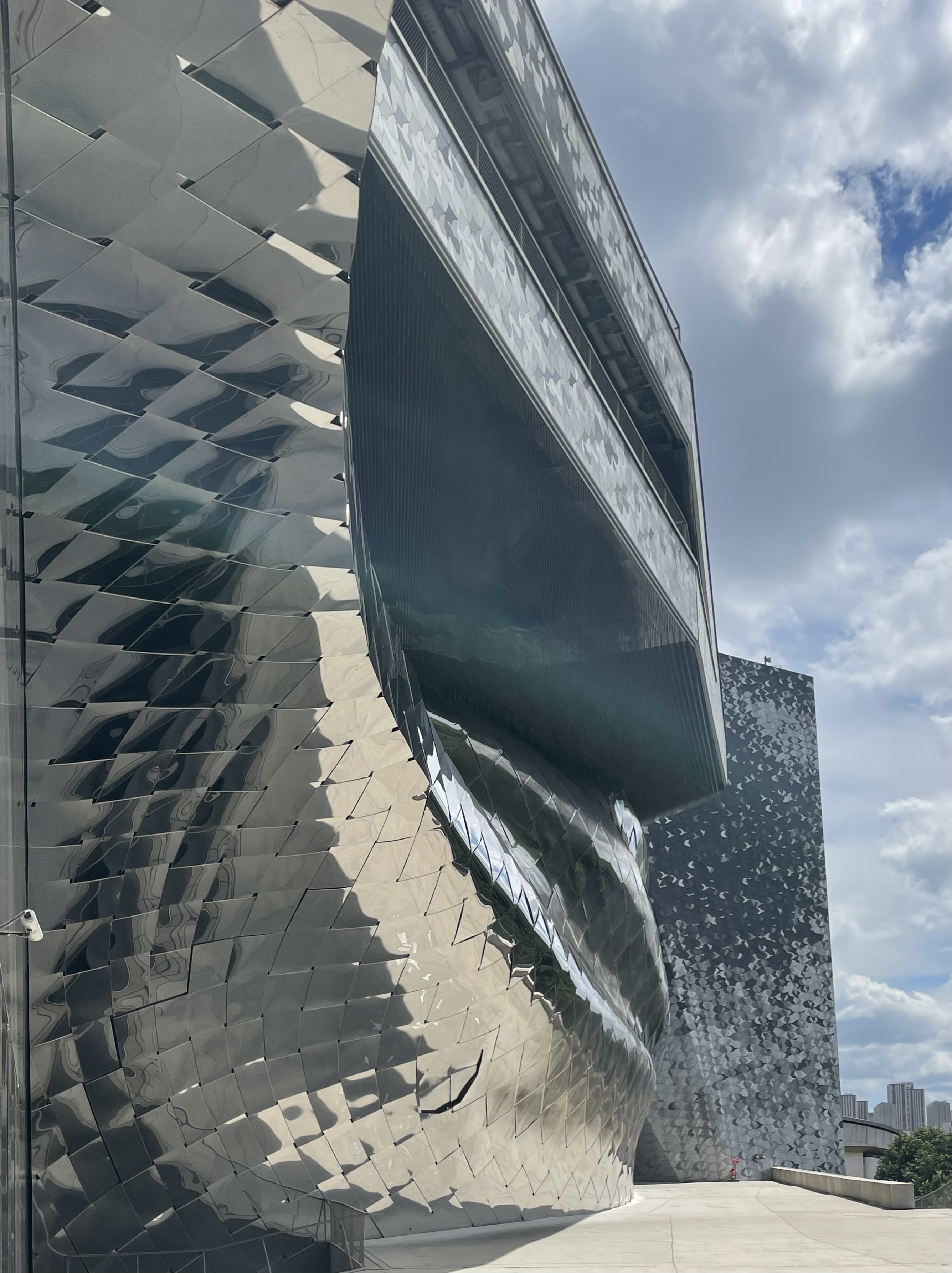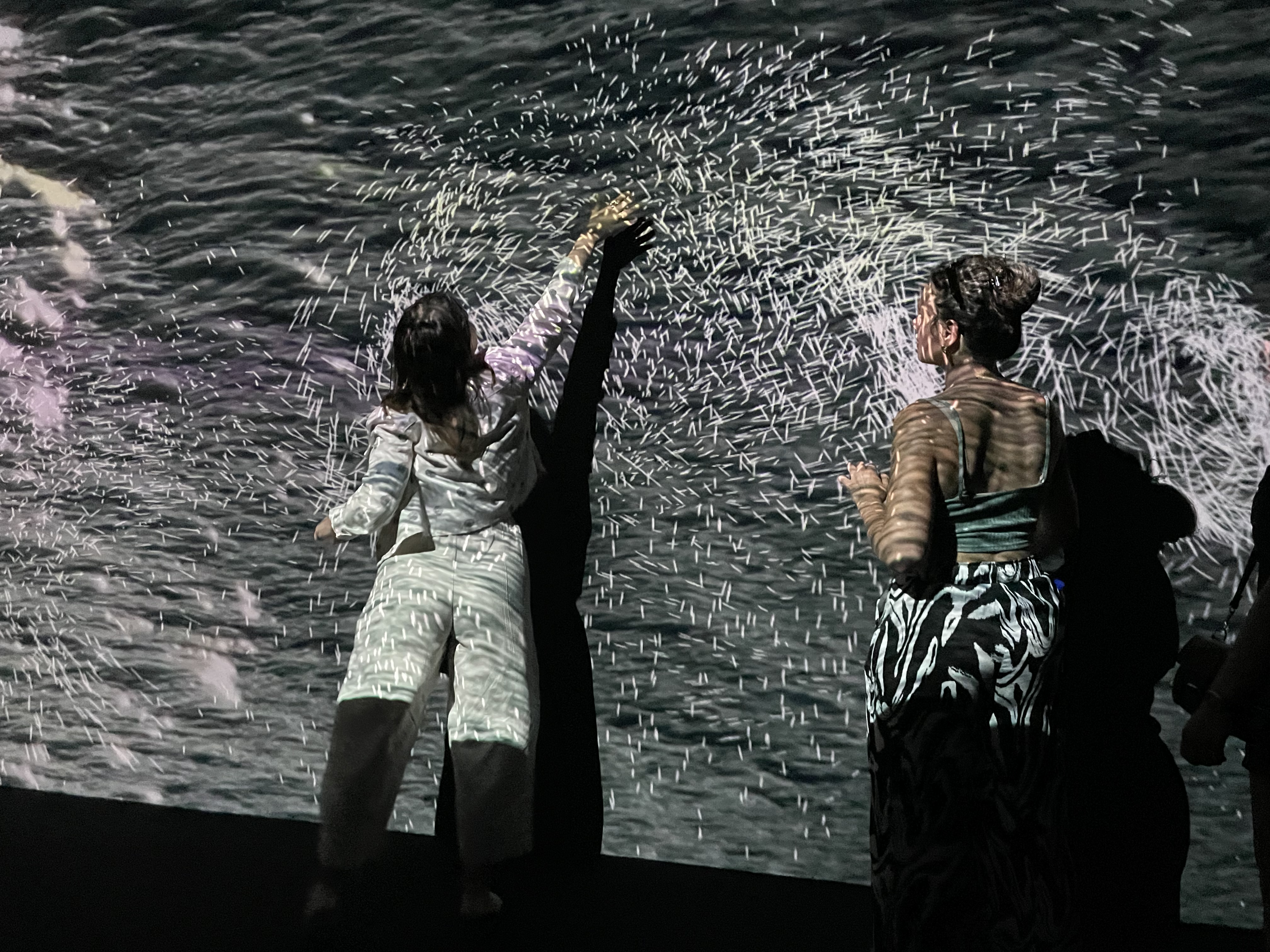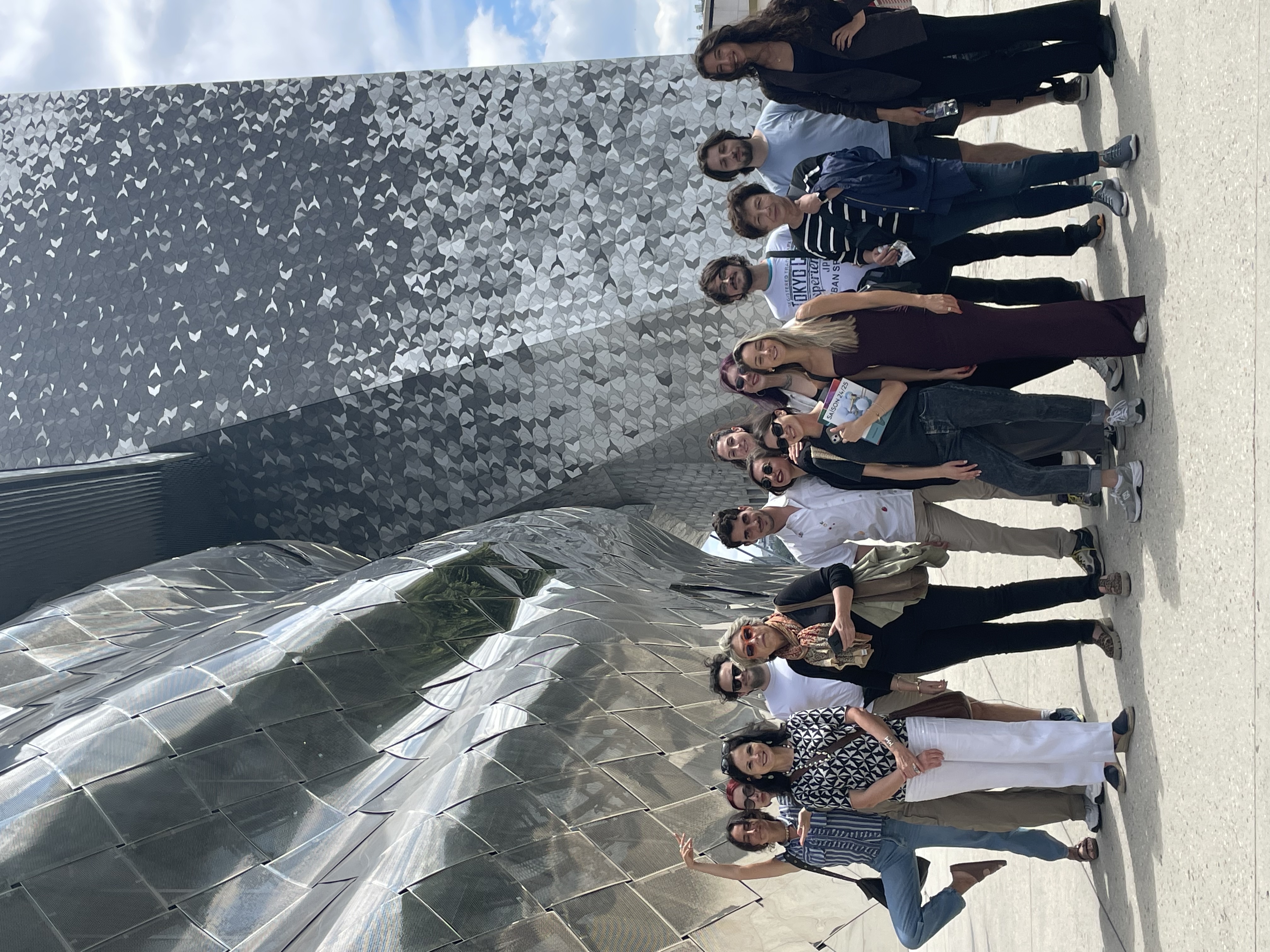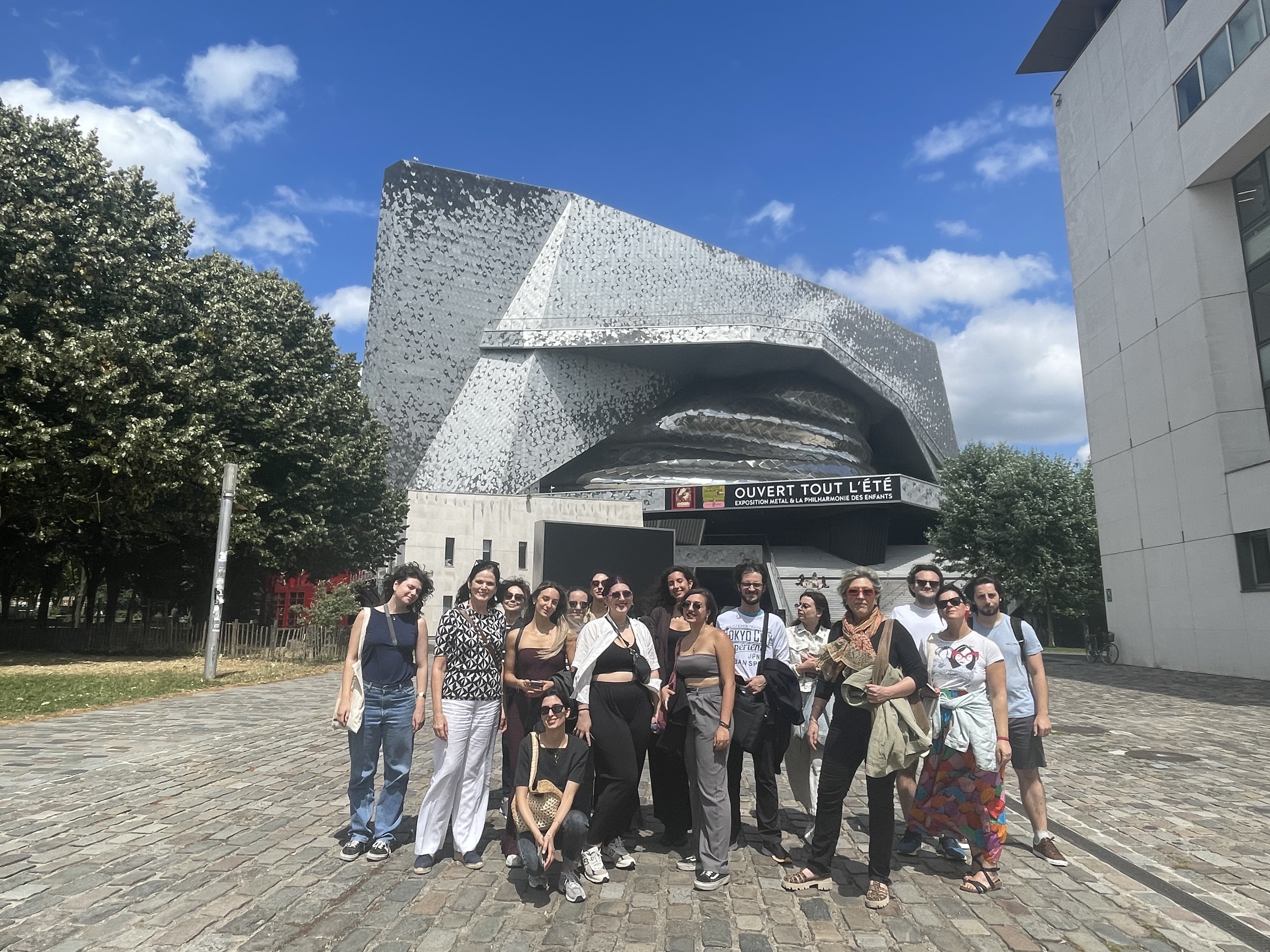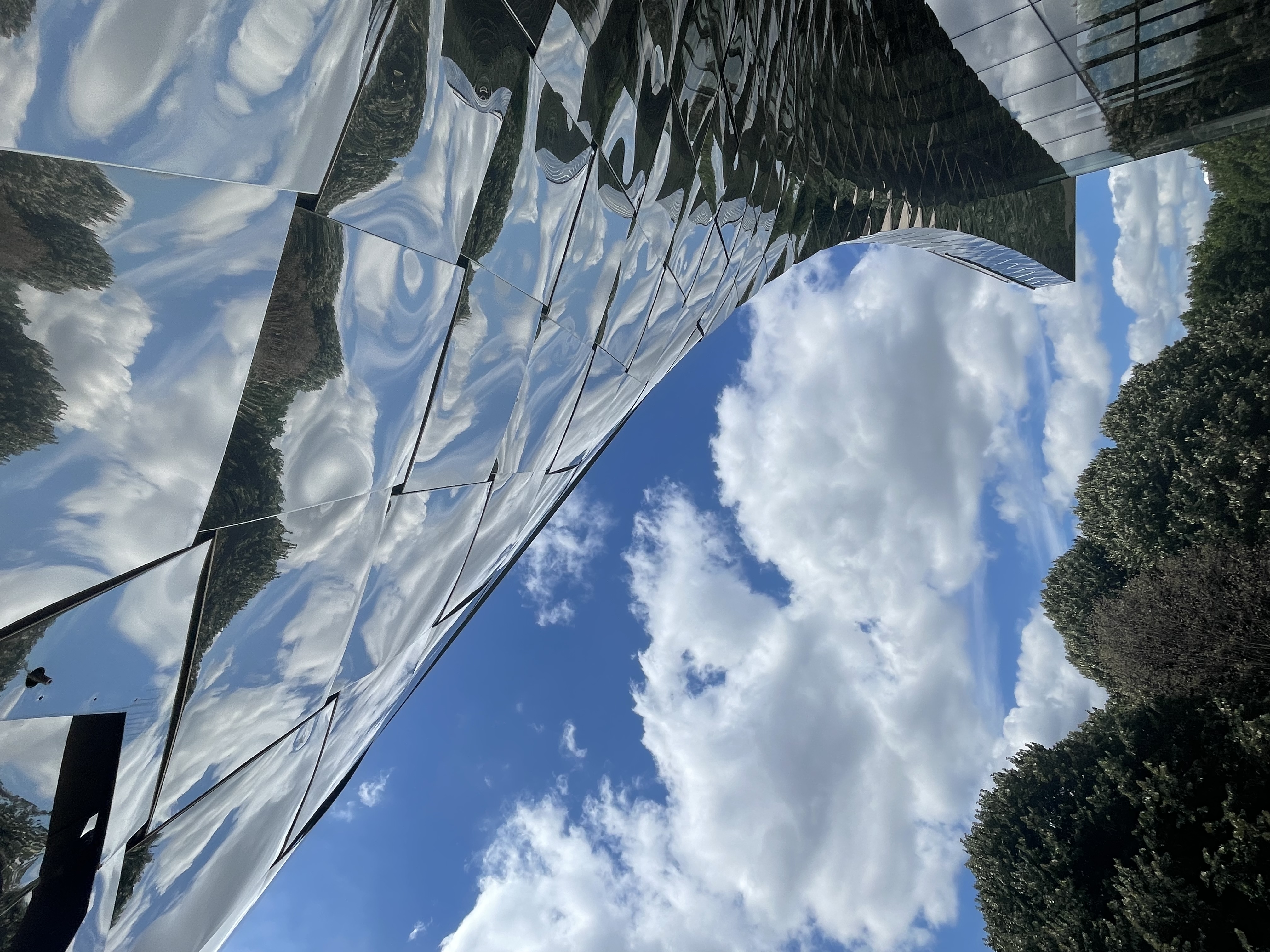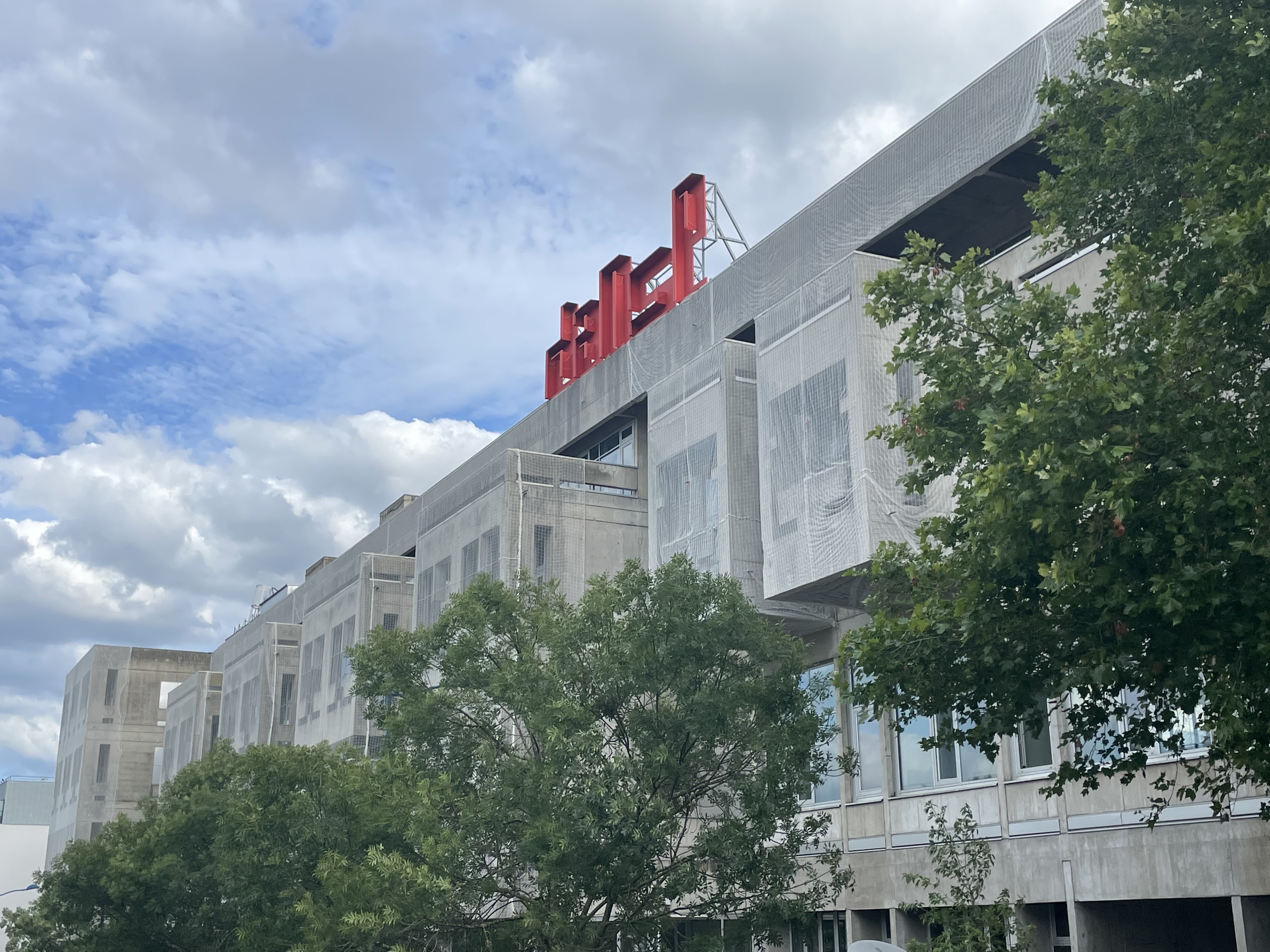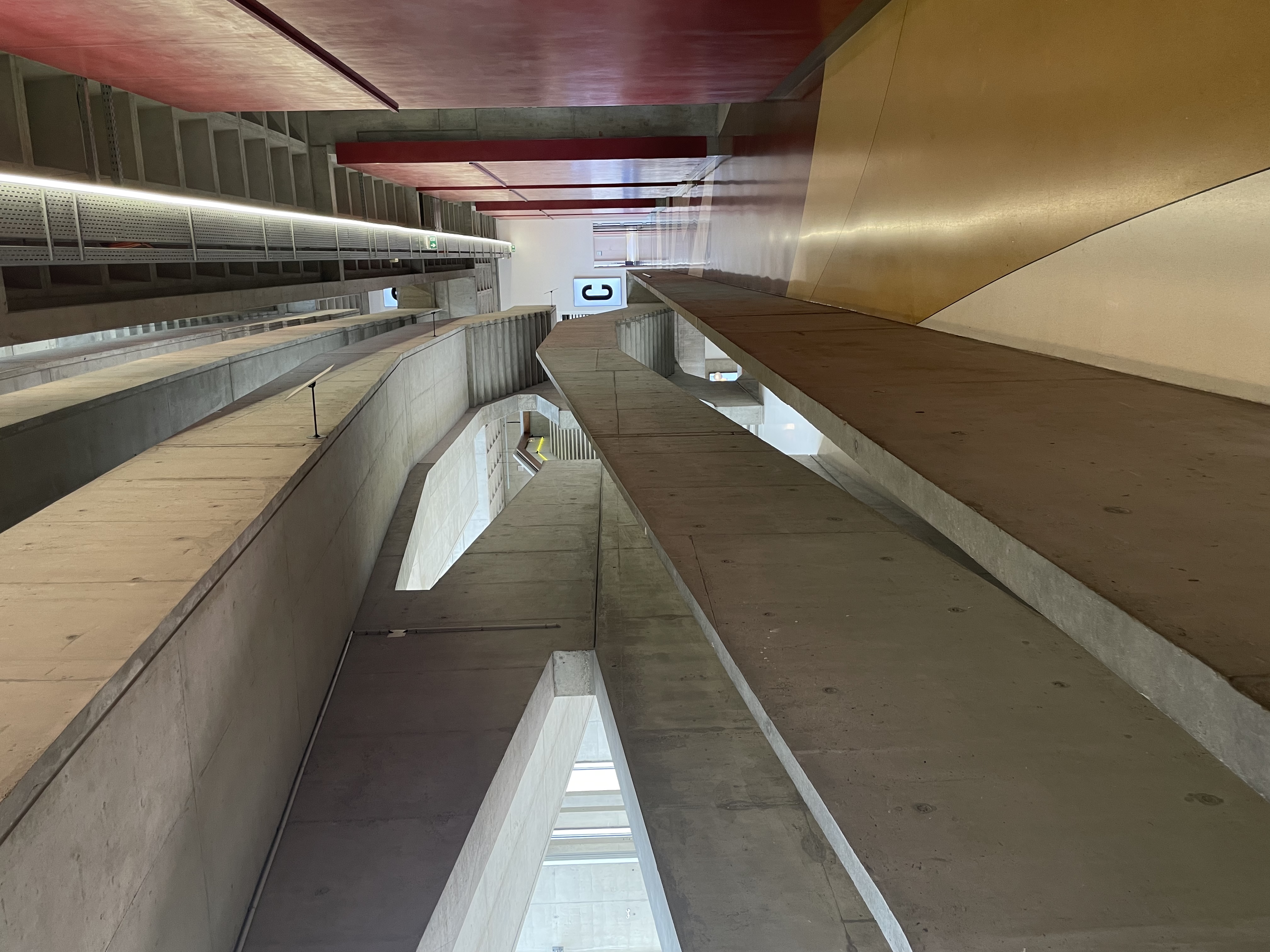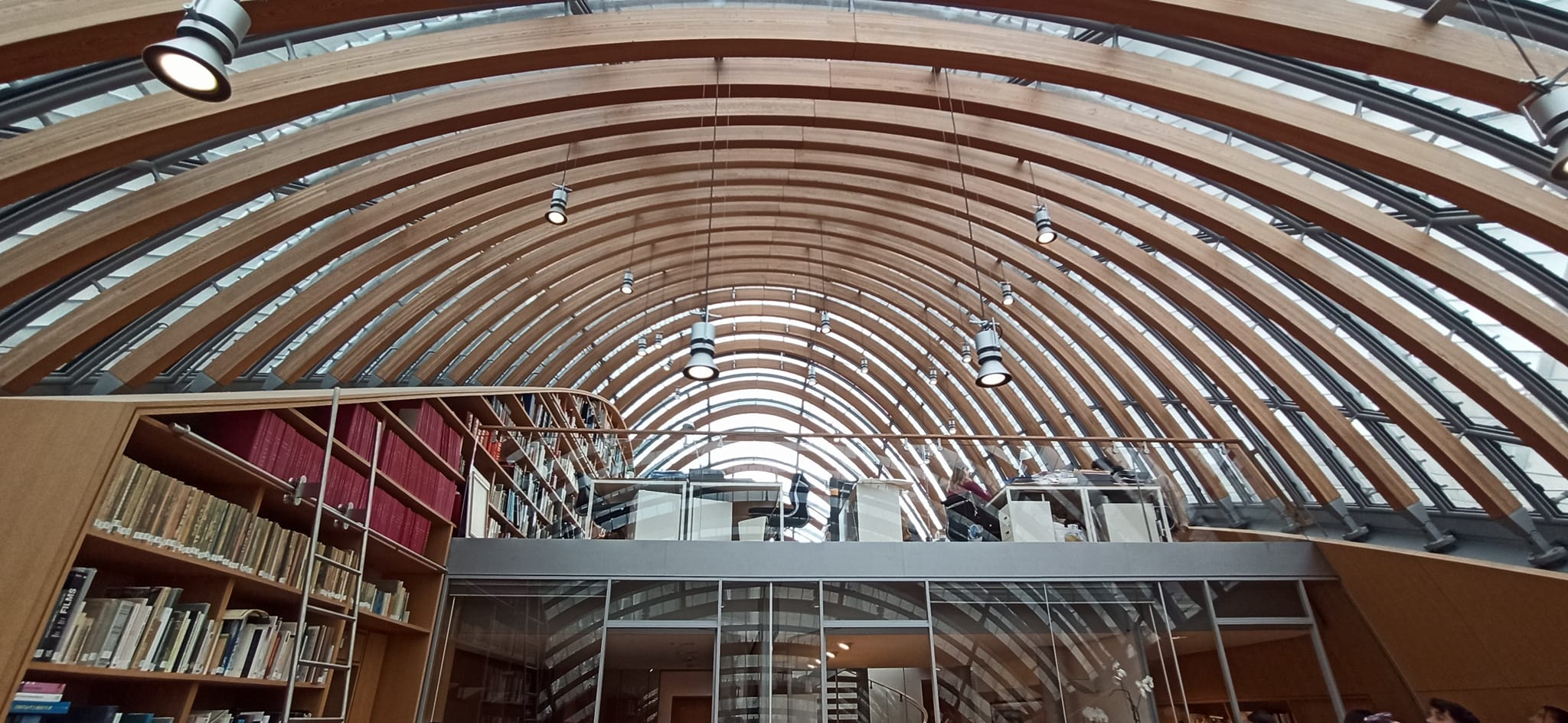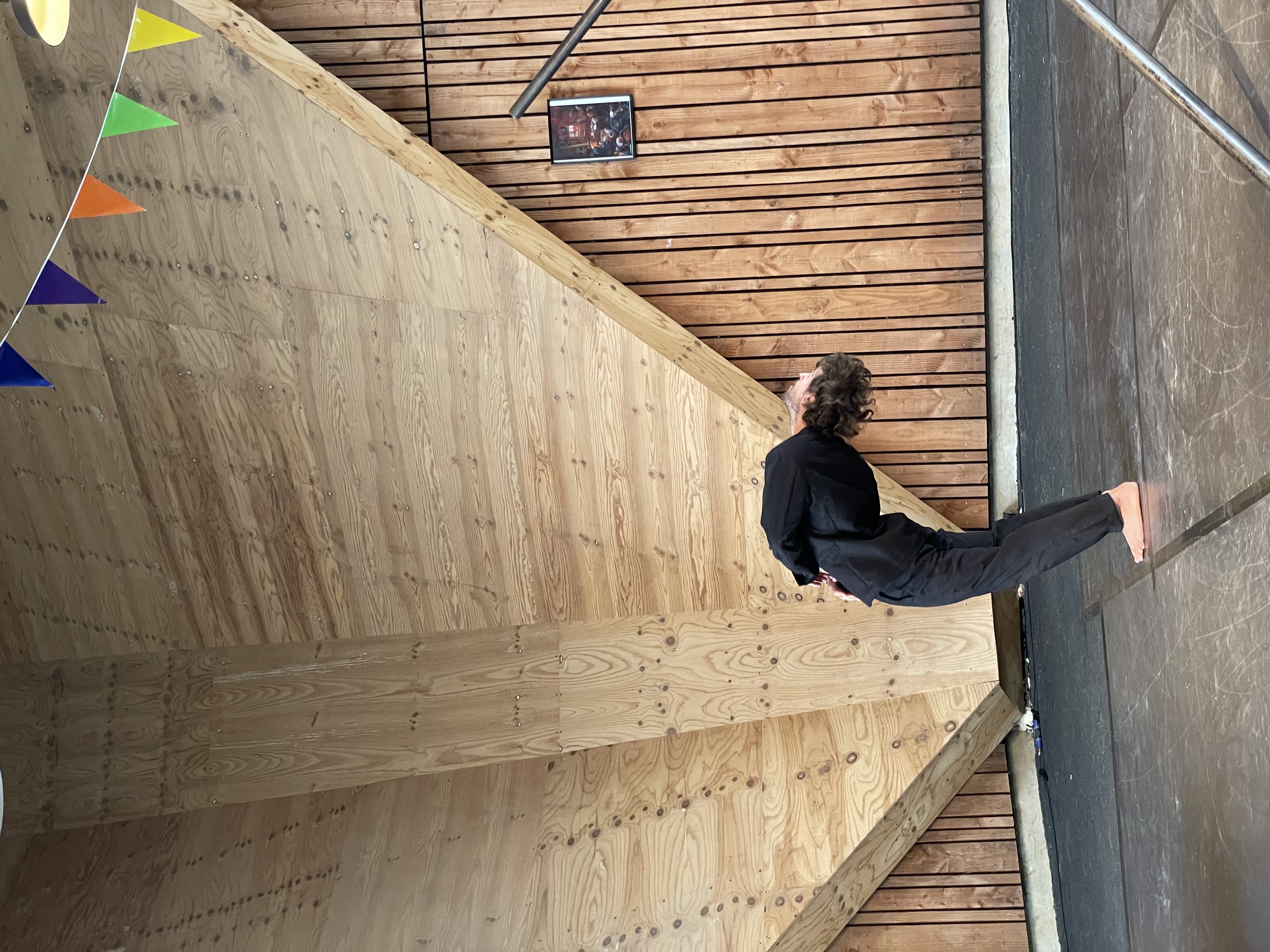
Places of spectacle
Year III
2024

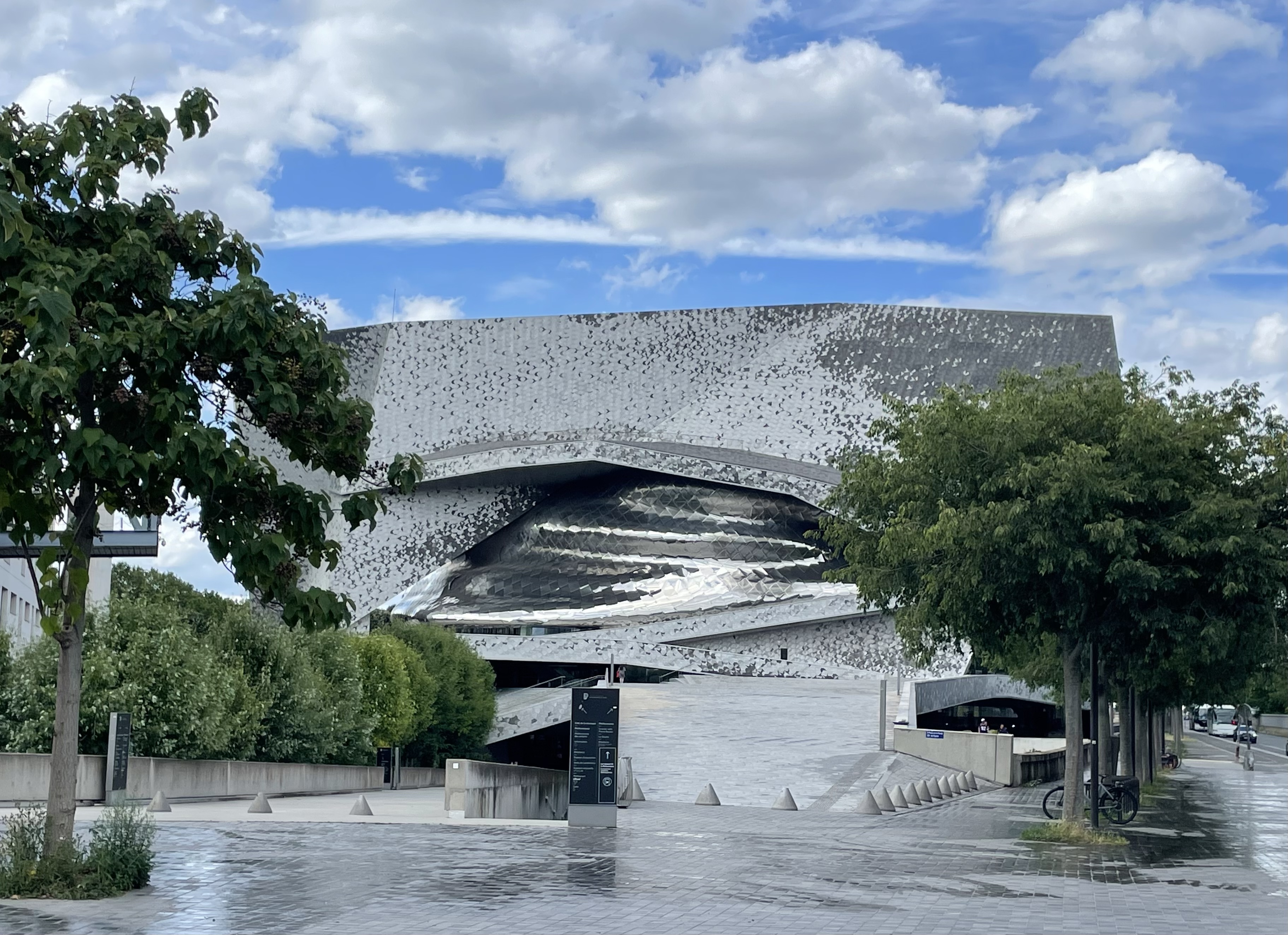
Performance spaces, by definition, are linked to the concept of transformation as they are essential for creating the required stage illusion through scenography. They also respond to evolving needs and possibilities for creating ephemeral leisure and entertainment spaces, primarily through digital technologies. This makes them an excellent topic to explore, especially in Paris, where the presence of performance spaces is rich, diverse, and highly interesting.
In recent years, changing scenic requirements, driven mainly by the desire to democratize art, the evolving use of space, the growing experimental nature of performances, and the exploitation of rapid technological advancements, have rendered the old historical venues (such as Comédie Française, Théâtre national de l'Odéon, Le Conservatoire national d'Art dramatique, etc.) inadequate to meet emerging demands.
The solutions proposed are often grandiose, reflecting France’s commitment to strengthening culture and the arts. The monumental halls of the 19th century are being replaced by famous "Cities" (Cités) dedicated to music, dance, and theatre. Examples include Cité de la Musique (arch. Christian de Portzamparc) with the adjacent Philarmonie de Paris (arch. Jean Nouvel), a newly built complex in the Villette area that significantly impacts urban development. Additionally, the Centre national de la Dance (arch. Antoinette Robain & Claire Guieyesse) in the Pantin neighborhood, and the Cité du Théâtre in Clichy - Batignolles (Arc. Nieto Sobejano et Martin & Trottin) are also noteworthy.
Open spaces for entertainment play a vital role in urban space management. Paris has long been considered a spectacle, especially since the International Exhibitions, which left a lasting impact on th
e city’s image. The city is currently undergoing significant transformations and unprecedented developments in architecture and urban planning. The layout of the major entertainment venues that have defined the city’s urban fabric since the 19th century is now influencing the evolution of the modern French capital. The large complexes of cités dedicated to the performing arts mentioned earlier, situated on the outskirts of Paris in alignment with the Grand Paris urban plan, foster a dialogue between the city center and its periphery. They serve as catalysts for revitalizing outlying urban areas, reflecting the social character of these choices. This is further reinforced by the upcoming 2024 Olympic Games, which are poised to transform the city into a spectacle once again.
Program/

Final Assignment/
Successful attendance of the summer
school requires regular and active participation. The participants prepared a paper, the topic of which and the relevant bibliography being given to them at the same time as the announcement of the results, before coming to Paris. This paper was completed during the summer school, presented/produced
on the last day of the summer school and resulting in an electronic version that you can consult here.
At the end of the summer
school, a certificate of participation is awarded to those who have successfully completed the
program, corresponding to 3 ECTS.
Suggested Bibliography/
Brook, P. (1968). The Empty Space. Atheneum.
Carlson, M. (1989). Places of performance: The semiotics of theatre architecture.
Cornell University Press.
Clifton, K. E. (2015). Music, theater, and cultural transfer: Paris 1830-1914. Opera Journal, 48(2), 50-52. [link]
Debord, G. (1994). The society of the spectacle (D. Nicholson-Smith, Trans.). Zone Books. (Original work published 1967)
Garner, S. B., Jr. (2002). Urban landscapes, theatrical encounters: Staging the city. In E. Fuchs & U. Chaudhuri (Eds.), Land/Scape/Theater (pp. 94-118). University of
Michigan Press.
Gold, J. R., & Gold, M. M. (2020). Festival cities: Culture, planning and urban life.
Routledge. [PDF]
Harvie, J. (2009). Theatre and the City. Palgrave Macmillan.
Hopkins, D. J., Solga, K., & Orr, S. (Eds.). (2009). Performance and the city. Palgrave.
Martanovschi, L. (2021). New York City on stage (De)constructing urban space in John Guare’s plays. East-West Cultural Passage, 21(2), 8-25. [PDF]
McAuley, G. (Ed.). (2006). Unstable ground: Performance and the politics of place.
Peter Lang.
McKinnie, M. (2007). City stages: Theatre and urban space in a global city. University
of Toronto Press.
Pérez-Gómez, A. (2015). Architecture as a performing art: Two analogical reflections. In G. Read & M. Feuerstein (Eds.), Architecture as a performing art. Routledge.
Read, G. (2005). Theater of public space: Architectural experimentation in the
Théâtre de l'espace (Theater of Space), Paris 1937. Journal of Architectural
Education, 58(4), 53-62. [PDF]
Rogers, A. (2012). Geographies of the performing arts: Landscapes, places and
cities. Geography Compass, 6(2).
[PDF]
Sachs Olsen, C. (2019). Socially engaged art and the neoliberal city. Routledge.
[PDF]
Turner, C. (2015). Dramaturgy and architecture: Theatre, utopia, and the built environment. Palgrave Macmillan.






